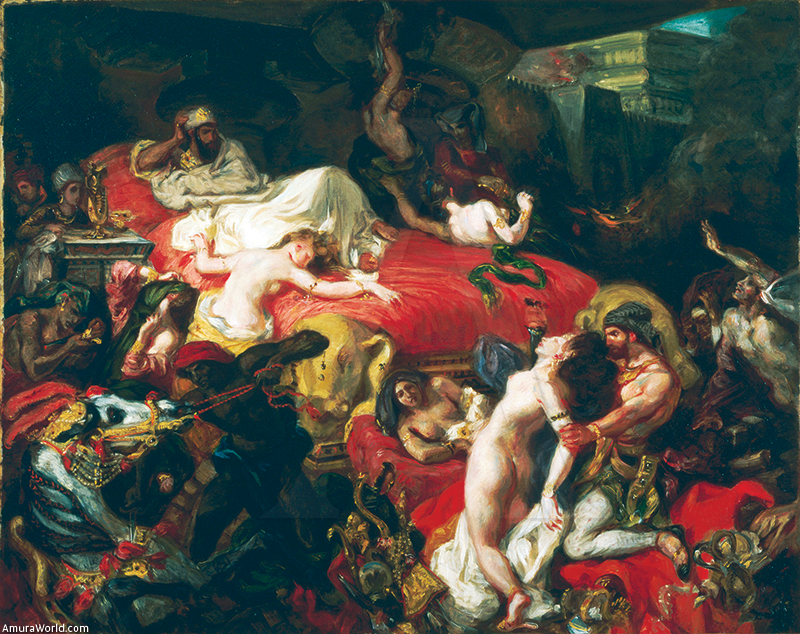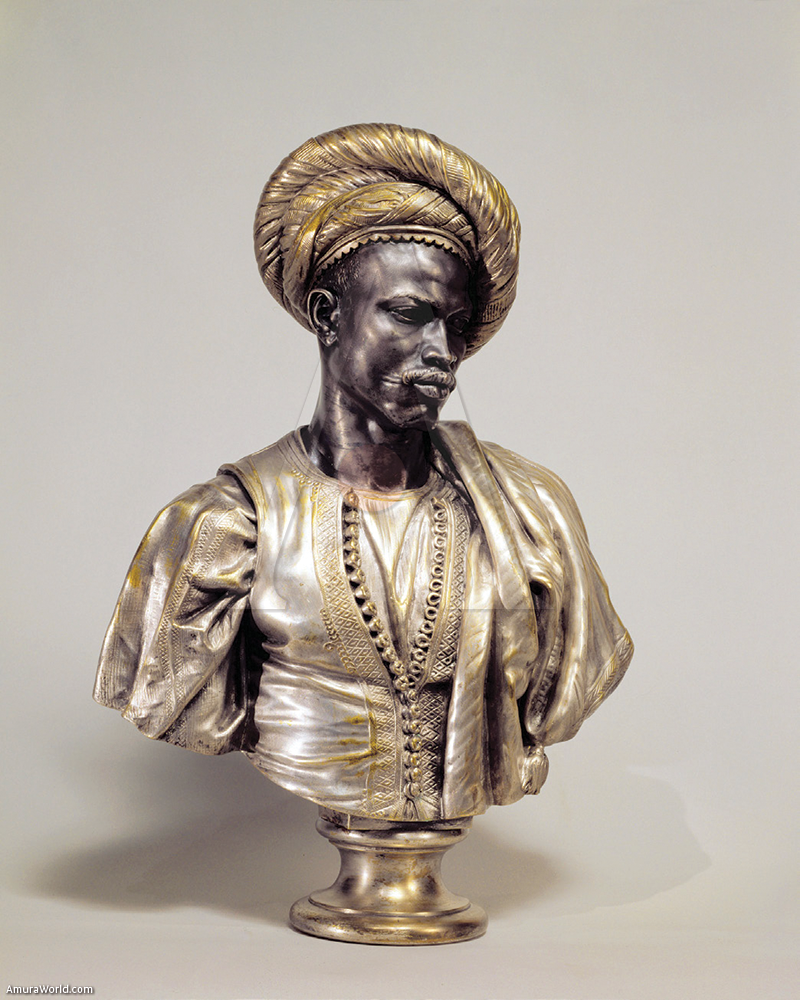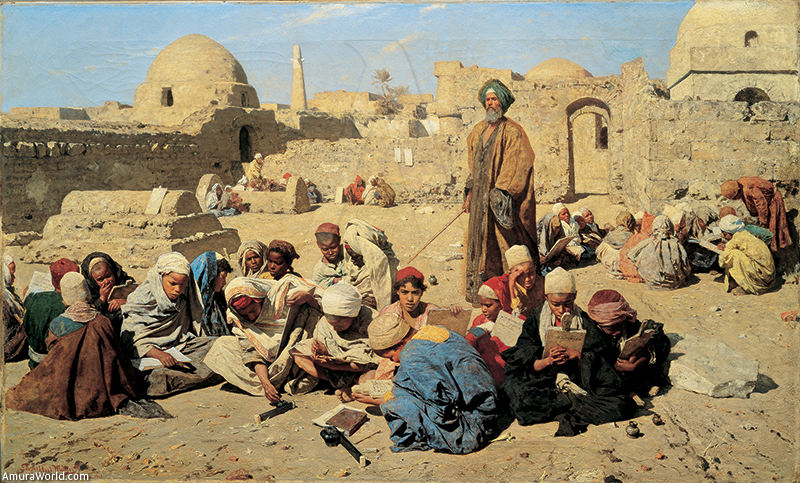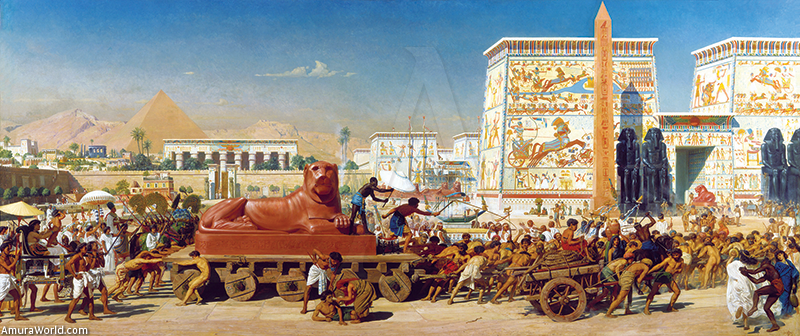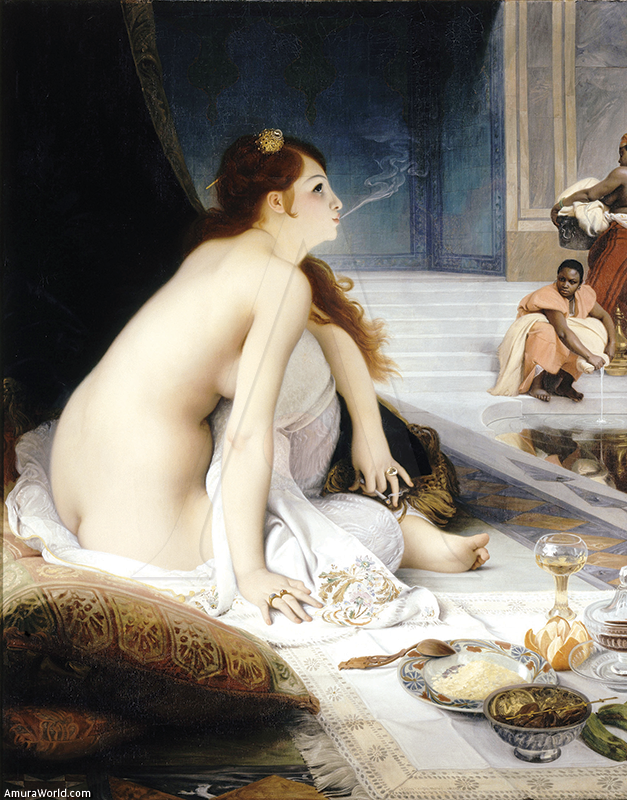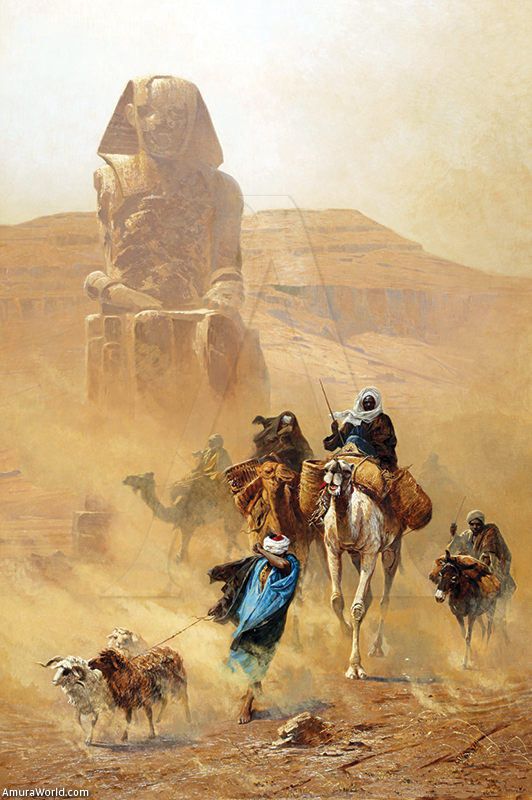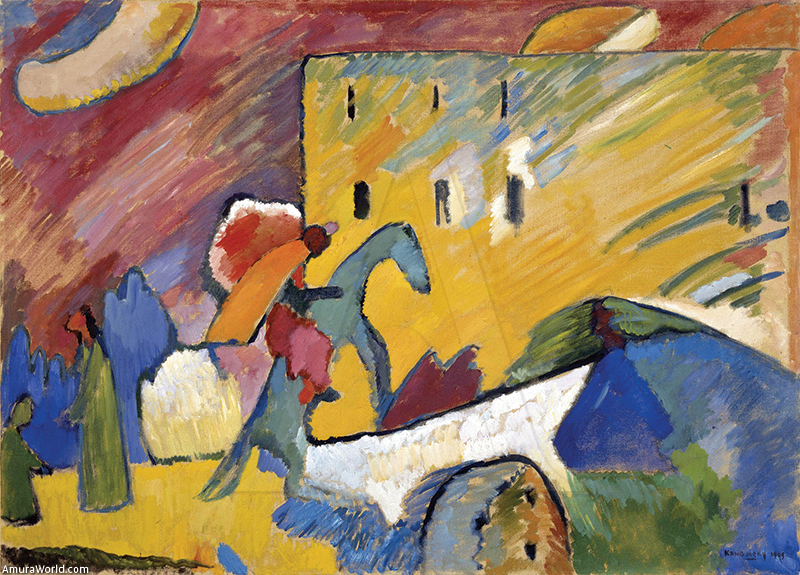{socialbuttons}
With some 150 paintings and sculptures, the major exhibition Orientalism in Europe: from Delacroix to Kandinsky presents the diverse interpretations of the Islamic Orient, North Africa and the Middle East by almost 100 western European artists. This survey starts with Napoleon’s Egyptian Campaign (1798–1801) and continues through to the Modernism of the early 20th century. Masterpieces by Ingres, Delacroix, Gérôme, Renoir, Sargent, Klee and Kandinsky present Orientalism as a diverse artistic theme that transcends styles, artistic perspectives and national borders. Also awaiting discovery are magnificent works by lesser known artists like Lawrence Alma Tadema, Gustav Bauernfeind, Jaroslav Cermák, Henri Evenepoel, Fabio Fabbi, Osman Hamdi Bey, John Frederick Lewis, Alberto Pasini, Edward Poynter and José Villegas y Cordero.
It goes without saying that any exhibition that is dedicated to such multifaceted and complex subject matter is compelled to consider the social, political, ethnical and religious aspects in addition to the numerous artistic perspectives. Fascination with this geographical region, spanning three continents and ruled by the Ottoman Empire, has abounded in the western world for as long as knowledge of their cultures and trade with them has existed. However, during the 19th century, the situation would change dramatically. Until this point, orientalism as a courtly art form was largely expressed in so-called Turqueries or Chinoiseries, yet very few artists had actually travelled that far afield. Then Napoleon’s Egyptian Campaign heralded a veritable “Egyptomania” all over Europe. The French army had been accompanied by 167 scholars and artists who consequently gave rise not only to new scientific disciplines but also to a new orientalism in art.
Many artists now started actually travelling to various locations as official emissaries of western governments or on their own initiative in order to document cultures that were considered to be unspoiled. Some of them even settled there permanently. In turn, their paintings and photographs fostered further tourism and shaped a particular image of the Orient that was strongly influenced by colonial motivations. Some dreamt of sensual pleasures from the Tales of 1,001 Nights, which are reflected in the numerous depictions of drug and harem fantasies. Others were fascinated by the emotionality of a forbidding culture that had been considered “barbaric” until then. During the 19th century, Islamic cities were rediscovered in southern Spain, thereby sparking off a great deal of curiosity for the Orient. For academic artists, the search for the roots of civilization was of prime importance; this included not only the classical monuments but also those landscapes that were considered unchanged since the time of Jesus Christ, in order to represent historical and biblical paintings more realistically. The infinite expanse of the desert offered a unique artistic challenge, and the developing sciences of ethnography and anthropology were also reflected in art. The exhibition concludes with works by several modern artists who were equally unable to resist the allure of the Orient and who interpreted the topic with a new pictorial expression.
It is a challenge to identify with the perception of the contemporary audience of these artworks and trace the creator’s intentions, particularly because we are currently facing a similar situation. In the globalised world of the 21st century, the different moral concepts of east and west are still colliding and the original fascination with this foreign culture is sadly lacking in the discussions on burkas and minarets. Thus, an exhibition that documents the West’s view of the Orient not only presents magnificent works of art but also some of the history of the conflicts and projections. One successful aspect of the exhibition would be if it managed to uncover a wider diversity of facets on this topic, thereby leading to a greater understanding of today’s positions.
This exhibition is the result of a cooperation between the Kunsthalle of the Hypo Cultural Foundation and the Musées royaux de Belgique in Brussels, where it is on show from October 15th 2010 to January 9th 2011, and the Musées de Beaux-Arts in Marseille in collaboration with the French Réunion des musées nationaux.
Hirmer Verlag in Munich has published the exhibition catalogue, edited by Roger Diederen and Davy Depelchin and which also includes contributions by Roger Benjamin, Jan de Hond, Robert Irwin, Isabelle Lemaistre, Peter Benson Miller, Christine Peltre and Eugène Warmenbol (312 pages, 238 illustrations).
Text: Andrés Ordorica ± Photo: Royal Museums of Fine Arts of Belgium

